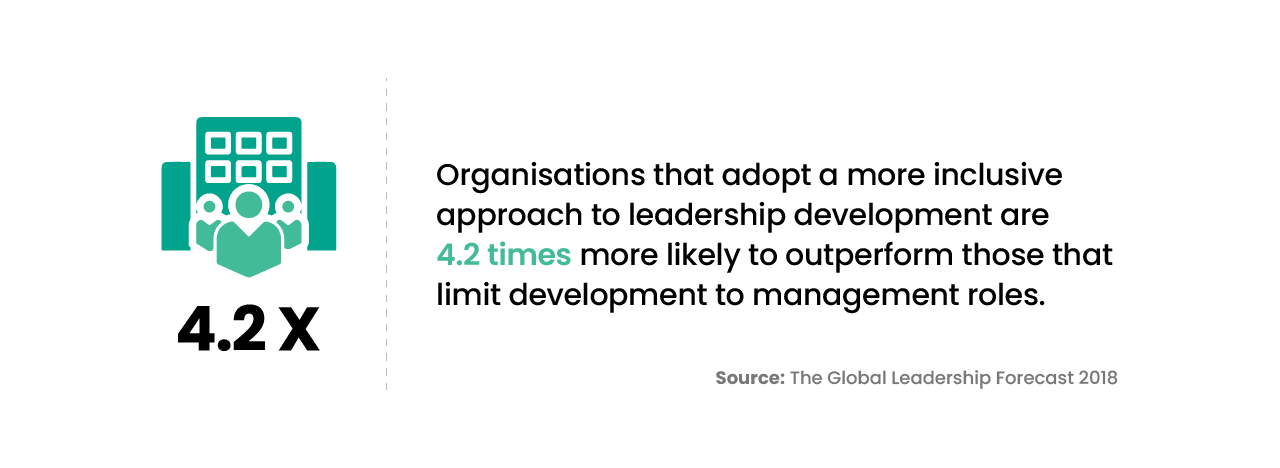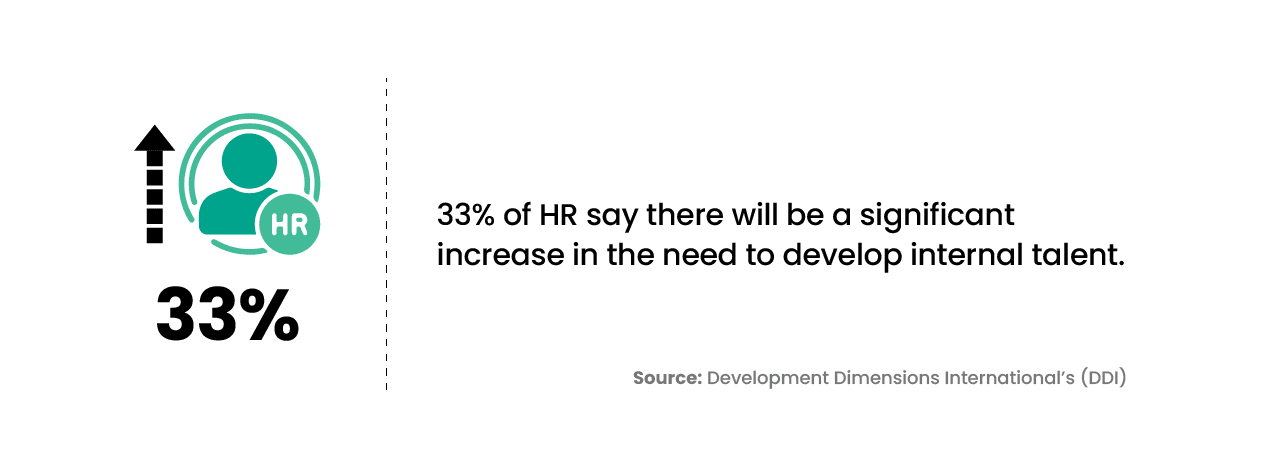Effective leadership is integral to business success, underpinning organisational continuity and growth. It is a strategic action that guides organisations toward sustained success. Leaders play vital roles in ensuring that organisational goals and objectives are met. An effective way business leaders do this is by shaping the company’s culture.
Every organisation has its distinct culture, which often reflects its leadership values. Leaders set the right example by demonstrating traits such as integrity, transparency, accountability, and trust. These qualities foster a positive work environment, enabling employees to feel safe sharing their opinions and ideas and taking risks. Such behaviours enhance retention and foster a sense of ownership and commitment. In addition to shaping culture, promoting employee engagement is another key aspect of effective leadership. Leaders who actively listen to their reports and prioritise their well-being foster a culture of engagement. Engaged employees contribute positively to the business, leading to increased productivity, better decision-making, and improved outcomes.
Investing in leadership development is essential for achieving organisational excellence. Leadership development is a structured intervention aimed at various emerging, mid-level, and executive leadership levels to address skill gaps and enhance critical competencies. This approach is vital for leading diverse teams, successfully driving organisational goals, and navigating business challenges. It is also crucial for creating a pipeline of skilled leaders capable of managing themselves and the organisation. By adopting this proactive approach, organisations can improve workforce quality, increase individual and team performance, and nurture a culture of innovation and resilience ready to meet future demands.
This statistic highlights the importance of inclusive leadership development in fostering a thriving organisational environment that enhances overall performance and success.
Proven Strategies for Leadership Development
While leadership influences many areas of business performance, developing strong leaders doesn’t happen by chance. It requires intentional, structured efforts. This highlights the importance of leadership development initiatives. Organisations can implement various learning initiatives to build effective leaders and address different aspects of leadership growth. In this article, we will discuss five key interventions.
1. Assign Stretch Assignments and Projects: Stretch assignments and projects are integral tools used in building potential leaders. These tasks aim to push individuals out of their comfort zone, forcing them to think outside the box, develop new capabilities and utilise skills they are passively aware of, ultimately emerging into a better version of themselves. These assignments help develop essential skills, such as problem-solving, strategic thinking, and decision-making abilities.
Practical examples of stretch assignments include developing business strategies for new products, leading cross-functional teams, or rotating roles to build competencies. When tracking stretch projects, set clear goals and objectives, use a tracking template, ensure regular check-ins, document employee progress, encourage feedback, evaluate outcomes, celebrate wins, and continuously improve the process.
2. Provide Mentorship and Coaching: While training has addressed skill gaps, mentorship and coaching more effectively develop specific competencies. Mentorship and coaching are valuable learning opportunities to improve skills, knowledge, and employee performance. While these seem alike, they are different.
Mentorship is long-term and focuses on building relationships and providing professional and personal guidance. In contrast, coaching is typically short-term, goal-specific, and centred on career development. To ensure effective problem-solving, it is essential to note which approach is appropriate for addressing specific employee issues. Effective mentorship and coaching involve pairing high-performing individuals with experienced, senior-level employees who act as mentors and coaches to provide guidance, support, and constructive feedback. In addition, reverse mentoring provides substantial value by pairing senior employees with high-performing, younger, tech-savvy colleagues to facilitate knowledge exchange and innovation.
3. Cross-Functional Collaboration: Bringing together individuals from diverse teams and departments with varying expertise significantly broadens their understanding of the overall business. It also provides opportunities for employees to learn from other industries and sectors, bringing new insights and perspectives into the organisation. Rotating leaders through different functions, departments, and geographical locations is also beneficial.
4. Leadership Forum and Networking Events: These platforms are essential for personal and professional growth, empowering leaders to become more effective. They provide opportunities for leaders to connect with industry peers, share experiences, and stay informed about emerging trends and challenges.
5. Continuous Feedback and Evaluation: Continuous feedback is critical for building a more resilient and agile workforce. Implementing regular feedback mechanisms, such as 360-degree feedback, can help employees understand their strengths and areas for improvement. Recognising and rewarding employees for their performance, achievements, and contributions is also important to reinforce desired behaviours and motivate continued growth.
This finding further emphasises that organisations prioritising leadership development initiatives are better positioned for short- and long-term success.
Metrics for Evaluating Leadership Development Initiative
Implementing measures to evaluate the effectiveness of initiatives is imperative for ensuring alignment with corporate goals, optimising performance, and achieving business success. Organisations can utilise several quantitative and qualitative metrics to assess the effectiveness of their learning and development initiatives aimed at leadership development.
Some of these metrics include:
1. Establish Clear Objectives and KPIs: Before launching a leadership development initiative, organisations should clearly define their objectives, determine their success, and outline the metrics for assessing that success. These metrics may include business outcomes, retention rates, feedback scores, employee engagement scores, and levels of networking and collaboration.
Organisations can effectively evaluate projects upon completion by defining specific, measurable targets aligned with their objectives. Participants in a cross-functional leadership competencies intervention can be evaluated based on their networking and collaboration efforts, which include tracking the quality of connections made and collaborations initiated.
2. Performance Metrics: These are quantifiable measures used to evaluate the success and effectiveness of various learning and development initiatives and the overall performance of an organisation with its defined goals and objectives. Key Performance Indicators (KPIs) and metrics for quality, timeliness, and outcomes are important components of this evaluation. Metrics should be carefully selected to align closely with the evaluated activities or projects.
Determining and communicating the relevant KPIs to employees is essential for assessing the success of a stretch project or assignment. Quality, timeliness, and outcome metrics should be monitored throughout the project/assignment lifecycle and evaluated before and after executing learning and development interventions.
3. Pre- and Post-Assessment: These assessments are essential because they demonstrate employees’ skill levels before and after interventions, current and enhanced skills, making it easy to measure success. Examples include 360-degree feedback assessments, self-assessments, and competency evaluations. The 360-degree feedback process can gather input from mentors and mentees involved in the mentorship initiative for leadership development to assess its effectiveness.
4. Behavioural Changes: This is a crucial and effective measure for assessing the impact of leadership development initiatives. It focuses on leaders’ demonstrated traits during and after the implementation of the initiatives. Behavioural changes can also be tracked via peer feedback and decision-making approaches made by the leaders while executing their daily tasks.
5. Long-Term Impact Tracking: This involves assessing, over the long term, how effectively the implemented initiatives have contributed to the growth of leaders. This can be evaluated through various factors such as skill enhancements, promotions, leadership styles, the quality of ideas contributed, and knowledge sharing, both before and after initiating the leadership development intervention. By systematically tracking these elements, organisations can gain valuable insights into the long-term effectiveness of their leadership development initiatives and make informed decisions regarding future initiatives.
After exploring various interventions for leadership development, it is essential to consider how some of pcl.’s robust offerings can be leveraged to achieve success within your organisation.
Our online leadership intervention is the Skillsoft Leadership Development Programme (SLDP), developed in partnership with MIT Sloan Management. This impactful programme combines cutting-edge learning resources with accredited courses strategically designed to equip leaders with critical competencies to enhance performance and achieve organisational goals. Through careful research, the programme delivers well-curated learning paths that focus on the leadership capabilities critical to individual leaders’ careers and organisational success.
Secondly, our in-person leadership development programme employs various impactful elements to provide structured training at different leadership levels. This training addresses skill gaps, develops and enhances critical competencies for leading diverse teams, drives organisational success, and helps navigate business challenges. The programme can be customised to fit your organisation’s structure, ensuring that you derive maximum value.
Developing future-ready leaders is more than a business strategy—it’s a commitment to organisational excellence and resilience. By partnering with pcl., you’re taking a bold step toward building a leadership pipeline equipped to tackle tomorrow’s challenges with confidence and clarity. Contact us at digitallearning@phillipsconsulting.net, and together, we can create a strong leadership pipeline of qualified talent that ensures business continuity and fosters success.
Written by:
Yewande Okemati
Learning Experience Consultant



